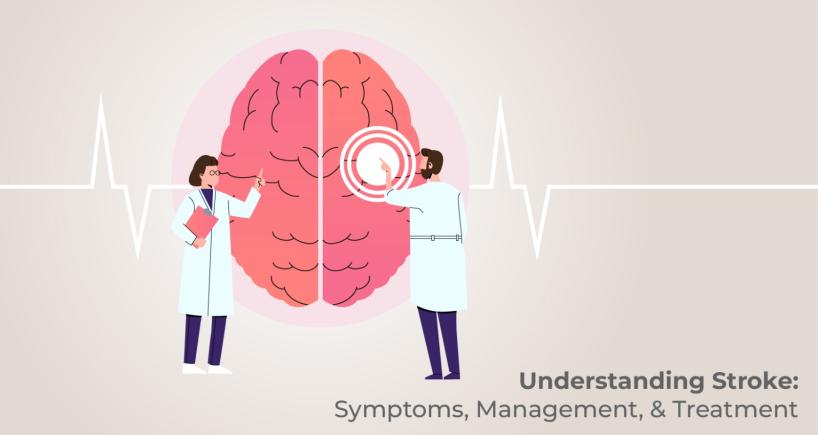
Understanding Stroke: Symptoms, Management, and Treatment
A stroke is a medical emergency that occurs when the blood supply to part of the brain is interrupted or reduced, depriving brain tissue of oxygen and nutrients. Within minutes, brain cells begin to die. Recognizing the signs and acting quickly can mean the difference between life and death, as well as determining the extent of long-term disability.
Symptoms of Stroke
The symptoms of a stroke can appear suddenly and vary depending on the part of the brain affected. The most common signs can be remembered by the acronym FAST:
- Face drooping: One side of the face may droop or feel numb. Ask the person to smile; if the smile is uneven, this could indicate a stroke.
- Arm weakness: One arm may feel weak or numb. Ask the person to raise both arms; if one arm drifts downward, this is another warning sign.
- Speech difficulty: The person may have slurred speech or be unable to speak at all. Ask them to repeat a simple sentence to check for clarity.
- Time to call emergency services: If someone shows any of these symptoms, it's crucial to call emergency services immediately.
Other symptoms can include sudden confusion, trouble seeing in one or both eyes, difficulty walking, dizziness, and a severe headache with no known cause.
Management of Stroke
Once a stroke is suspected, immediate medical attention is essential. Upon arrival at the hospital, doctors will quickly determine whether the stroke is ischemic (caused by a blood clot) or hemorrhagic (caused by a ruptured blood vessel). This distinction is critical because the treatments for each type of stroke differ significantly.
For ischemic strokes, the most common type, the focus is on restoring blood flow to the brain. This is often done through clot-busting medications like tissue plasminogen activator (tPA), which must be administered within a few hours of symptom onset to be effective. Mechanical thrombectomy, a procedure to physically remove the clot, may also be an option for some patients.
In the case of hemorrhagic strokes, the goal is to control the bleeding and reduce pressure on the brain. This might involve surgery to repair the blood vessel, medications to manage blood pressure, or other interventions to prevent further damage.
Treatment and Recovery
The treatment for stroke doesn't end with acute management. Rehabilitation is a crucial part of recovery, often involving a multidisciplinary team including physical therapists, occupational therapists, speech therapists, and doctors. The goal of rehabilitation is to help the patient regain as much function as possible and learn new ways to compensate for any remaining disabilities.
Medications may also be prescribed to prevent future strokes, such as anticoagulants to reduce the risk of blood clots, antihypertensives to control blood pressure, and statins to lower cholesterol levels.
Conclusion
Understanding the symptoms, management, and treatment options for stroke can greatly improve outcomes for those affected. Time is of the essence when it comes to stroke, and quick action can save lives and reduce long-term disability. Awareness and education are key to ensuring that more people recognize the signs of stroke and seek immediate medical attention.
Categories
Clear allMeet the doctor

- Neurology | Neurology
- Neurology | Interventional Neurology
-
16 Years
-
900









